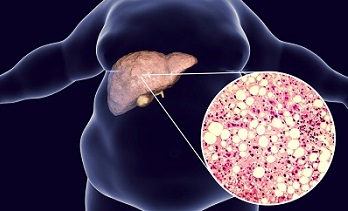In 2021, the SGLT2 inhibitor empagliflozin (Jardiance) became the first drug FDA-approved to treat heart failure with preserved ejection fraction (HFpEF). Several years later, another SGLT2 inhibitor, dapagliflozin (Farxiga), was approved. Now, Finerenone (Kerendia), a nonsteroidal mineralocorticoid receptor antagonist, has become the third drug and the first non-SGLT2 inhibitor to be approved. Approval was based on results from the FINEARTS-HF Study, where 6016 patients with heart failure and an ejection fraction (EF) of 40% or greater (average EF 53%) were randomized to finerenone or placebo. Over a median follow-up of 32 months, the incidence of the primary composite outcome (total worsening heart failure events and death from cardiovascular causes) was 14.9 events per 100 patient-years in the finerenone group and 17.7 events per 100 patient-years in the placebo group (P=0.007). There was no significant difference in overall mortality. Hyperkalemia was more common in the finerenone group (14.3% vs 6.9%) as was hypotension (18.5% vs 12.4%).
Finerenone blocks aldosterone receptors, similar to spironolactone, an inexpensive aldosterone antagonist that has been available for decades. Spironolactone, which is FDA-approved for heart failure with reduced ejection fraction (HFrEF), has also been studied in HFpEF. In the
TOPCAT study, which enrolled 3445 patients with heart failure and an EF ≥ 45% (median EF 56%), spironolactone was not superior to placebo for a composite of CVD events; however, it did significantly reduce heart failure hospitalizations. The trial was plagued by discordant data in certain geographic regions (Russia, Georgia), and post-hoc analyses have found that when these regions were excluded, spironolactone significantly improved the primary outcome. The ACC 2023 HFpEF guidelines recommend spironolactone in some patients. Other drugs, including Entresto, Wegovy, and Zepbound, have demonstrated improvements in HFpEF outcomes in clinical trials but have not received FDA approval for the condition.
Finerenone is the third drug and only non-SGLT2 inhibitor approved for HFpEF. Providers should note that finerenone dosing recommendations for HFpEF, which are based on GFR and potassium levels, differ from those used in diabetic kidney disease. For patients who cannot afford finerenone, spironolactone likely offers similar benefits. Potassium levels should be monitored closely with either drug.












